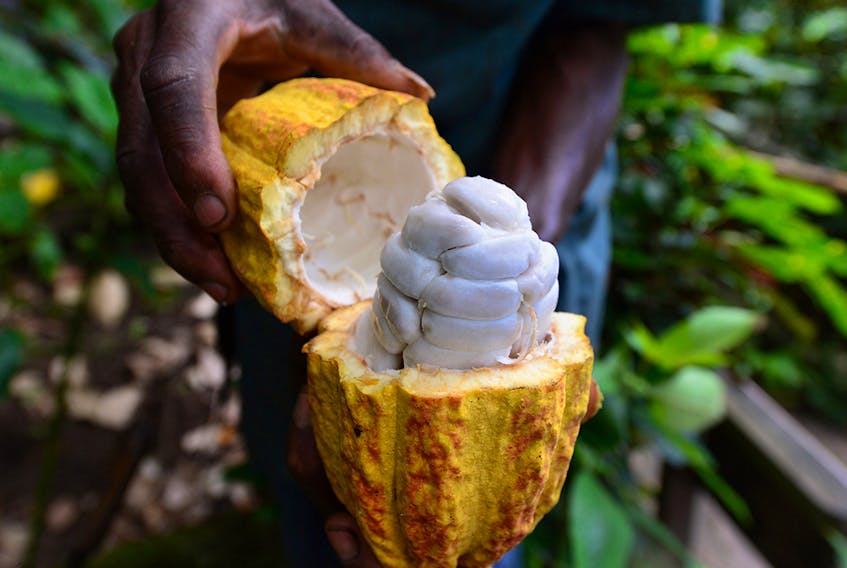White and sticky sweet, cacao pulp is typically a by-product of chocolate making. However, Nestlé recently announced a novel use for the flesh: As a replacement for refined sugar. Using a new, patented method, the Swiss confectionery giant is making a 70 per cent dark chocolate bar, dubbed Cacao Fruit Chocolate, using cacao beans and pulp.
“It’s the first time that we have been able to use more of the cocoa fruit to make chocolate, unlocking the pulp potential,” a company spokesperson told FoodIngredientsFirst . “This allows for a single-source chocolate, without adding refined sugar, but still imparting a delightful sweetness. It is a breakthrough idea, as cocoa pulp has not been used in this way before on an industrial scale. We are just using one food source, the cocoa fruit, to make our chocolate.”
“It is an innovation that focuses on the fact that cacao is originally a fruit and provides the full taste of cacao,” said pastry chef Yasumasa Takagi, who creates limited-edition products for Nestlé Japan.
While some of the pulp clings to cacao beans during fermentation, most of it is usually discarded. Those living outside of cacao-growing regions rarely taste it, but as Sue Quinn writes in Cocoa (Quadrille, 2019), “It’s a fresh, tangy and delicious cross between lychee and lime.” In some countries, she adds, it’s made into a drink, “a hugely popular antidote to the tropical heat.”
The Swiss confectionery giant will launch the bar at Japanese KitKat Chocolatory locations this fall, with plans to expand worldwide the following year. Bars will run roughly $5 (JPY 400) and at the Ginza store only, a cacao fruit juice-fresh lime granita pairing will be available for $9 (JPY 750).
To make Cacao Fruit Chocolate, Nestlé dries and pulverizes the pulp before adding it to the chocolate in place of refined sugar. The sweetness is due to the fruit-derived fructose in the pulp, which the company claims has “no compromise on taste, texture and quality.”
As Gustavo Setrini, an assistant professor of food studies at New York University, told CNN Business , “It’s sugar, just from another source.” And while not “substantially healthier” than a regular Kit Kat, it’s 70 per cent dark chocolate, “which contains more health benefits than other chocolate types like milk chocolate.”
Copyright Postmedia Network Inc., 2019









